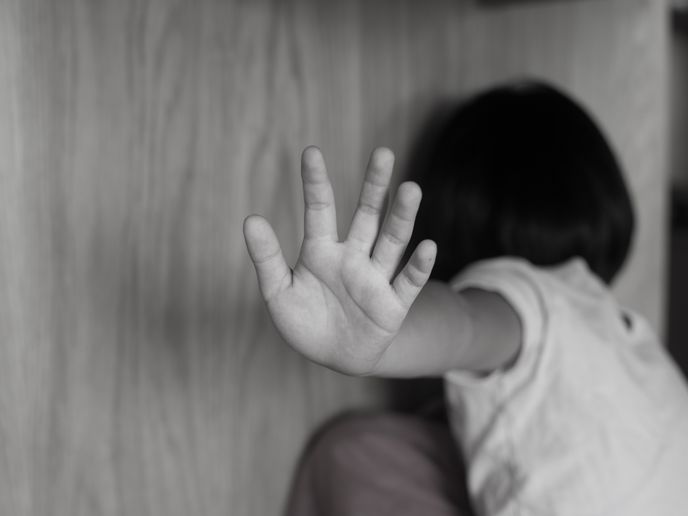What first responders should know about child sexual abuse
The rise of the internet has led to a rampant growth in online child sexual exploitation and abuse material. To take swift action in the best interests of suspected underage victims of sexual abuse, police officers need to have the necessary skills and training. The EU-funded GRACE project has published a set of guidelines to help first responders. The document is the result of a collaboration formed though the GRACE project between child sexual exploitation specialists from Europol’s European Cybercrime Centre and the European Cybercrime Training and Education Group (ECTEG). The guidelines have two versions: a public version and a restricted version that will be embedded into ECTEG’s eFIRST project, which is an e-learning tool for first responders that focuses on essential IT forensics and cybercrime. A newsletter posted on the project website briefly outlines the aim and significance of the guidelines. “The guidelines will enable first responding officers to effectively handle delicate situations that usually take place at a victim’s close whereabouts, such as their home or school, often hidden from the eyes of the public. The guidelines are prepared in a way that encompasses the unified standards that these officers can use in their daily work, thereby equipping them with relevant information on how best to respond if they came across a child suspected of being the subject of sexual abuse.”
The primary concern
The public document opens with a list of key terms for officers to be aware of and follows with an overview of victims’ rights. A guiding principle is highlighted: “The best interest of the child, especially as victims of sexual abuse and sexual exploitation, shall be the primary concern in all activities carried out by a first responder.” Emphasis is also placed on the fact that each victim of sexual abuse or exploitation acts differently, which may cause untrained officials to doubt that any sexual violence may have occurred. The guidelines outline four possible situations that first responders might encounter. The first scenario is that the abuse or exploitation is directly disclosed by the child. Second, it is directly reported by another person following a child’s disclosure. The third scenario involves someone disclosing child sexual abuse and exploitation that happened in the past. The fourth involves first responders suspecting that a child was sexually abused or learning about such a case indirectly. The section titled ‘5F’S IN TRAUMA’ offers important information on five different automatic and instinctive responses to fear and trauma stemming from sexual assault. These are: fight (resisting the attacker by fighting physically and/or verbally); flight (running, backing away or hiding); freeze (becoming tense, still and silent around the attacker); flop (when the body relaxes and goes limp as an automatic reaction to the physical pain being experienced); and friend (asking the attacker for help or trying to ‘befriend’ them in an effort to stall, placate or negotiate with them). The authors emphasise that freezing or trying to befriend the attacker is by no means consent, but rather a survival mechanism. GRACE (Global Response Against Child Exploitation) is coordinated by Spanish digital technology research centre Vicomtech. The project ends in November 2023. For more information, please see: GRACE project website
Keywords
GRACE, child, sexual abuse, first responder, attacker, sexual exploitation, exploitation, victim

